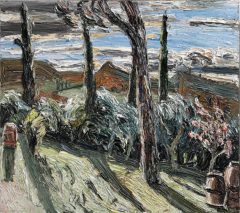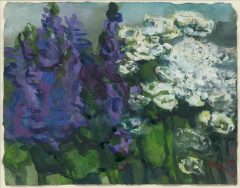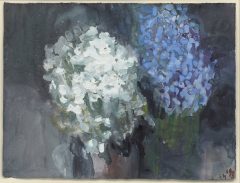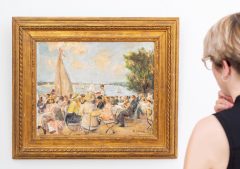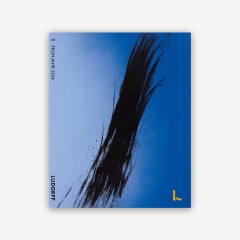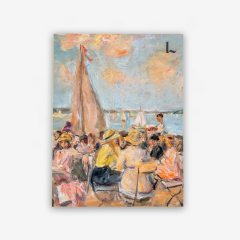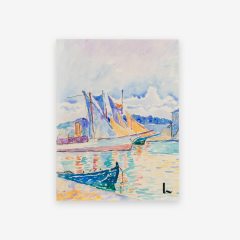Henri-Edmond Cross
Henri-Edmond Cross, born Henri-Edmond-Joseph Delacroix in Douai in 1856, was a French painter and a key figure of Neo-Impressionism. As an important representative of pointillism, he characterised modern painting with his unique technique. To avoid confusion with the artist Eugène Delacroix, he dropped his surname in 1886.
After studying in Paris, where he met Georges Seurat and Paul Signac, among others, in the 1880s, he became part of the Société des Artistes Indépendants, with whom he exhibited regularly.
At the beginning of his career, Cross mainly painted using the pointillism technique, in which small dots of colour are placed next to each other to merge in the eye of the beholder. This method enhanced the luminosity and atmosphere of his works and characterised his early style.
When he moved to the south of France in 1893, he developed a freer, more intense colour scheme and used broader, softer brushstrokes instead of precise dots of colour. The southern French landscape increasingly influenced the personal and more emotional depiction of his nature paintings, which were less detailed and static. A little later, Cross also turned more strongly to the watercolour technique in order to achieve even more lively and dynamic colour effects. This enabled him to create flowing transitions and soft forms, giving his landscapes and figures an almost dreamlike quality.
In 1908, he made one last trip to Italy before he died in Saint-Clair on 16 May 1910. Today, his works can be found in major museums around the world.
- Prices include German VAT. Exclusive of shipping costs for delivery to the European Union. All prices are subject to change and availability. Change region and currency

